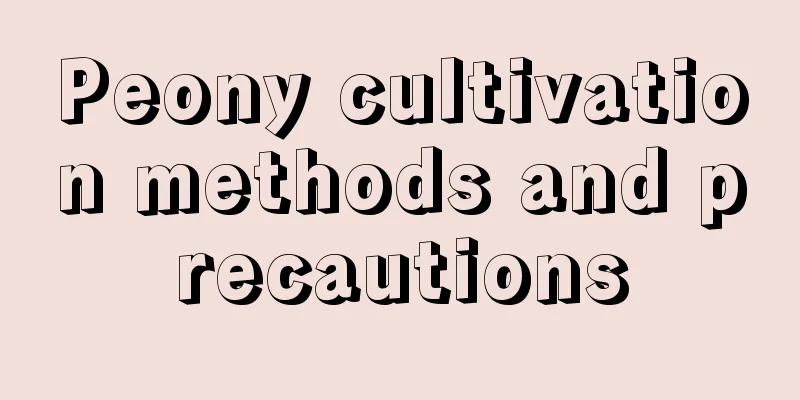Can tea be used to grow flowers?

Is it good to use tea to grow flowers?Water the flowers directly with teaIt is not a good idea to water flowers directly with leftover tea, because the leftover tea has not fermented, and pouring it in the flowerpots to ferment will burn the flowers. In addition, tea contains a large amount of alkaline, which will change the pH value of the soil (most flowers prefer neutral or acidic soil). Watering flowers after tea fermentationPut the leftover tea in a sealed can and pour ferrous sulfate on it. If not, you can add vinegar and orange peels, which can also change the pH value. After being fully fermented and decomposed, it becomes a very good fertilizer for flowers. How to water flowers with teaThere is a rich source of fertilizer for growing flowers in household waste. As long as it is handled and prepared properly, you can get good fertilizer while maintaining good environmental hygiene. There are two common methods for making your own fertilizer: 1. Soaking liquid fertilizerPut waste vegetable leaves, melon and fruit peels, chicken and fish viscera, fish scales and bones, eggshells and moldy food (peanuts, melon seeds, beans, etc.) into a small jar or even a wide-mouth bottle, add water (if conditions permit, sprinkle some pesticides), cover tightly, and ferment until it is mature (about 2 to 3 months) (if the temperature is high, the time can be shortened). Dilute with water when using, take the supernatant and use it as topdressing. 2. Waste compostingIf the above waste is mixed with some old culture soil, a small amount of water, sprayed with pesticide, put into a large plastic bag and tied tightly, or placed in a plastic barrel with a cover, and fermented until there is no odor (about 2 to 3 months), it can be directly used as base fertilizer or top dressing. These homemade fertilizers are all organic fertilizers, containing a variety of nutrients and rich organic matter needed by flowers. In addition to being effective, it can also improve the soil, form a granular structure in the soil, coordinate the ratio of air and water in the soil, and is beneficial to the growth and development of the root system and the absorption of nutrients. It is an indispensable fertilizer in flower cultivation. |
<<: Tips for pinching flowers at home to make them bloom more colorful
Recommend
How to breed money string
1. Soil When choosing soil, coarse sand mixed wit...
What flower is on the Hong Kong flag and what does it symbolize?
1. What flower is the Hong Kong flag? The flower ...
Cultivation method of summer hyacinth
1. Soil Summer hyacinth prefers loose, fertile, w...
What fertilizer to use for Verbena
1. What fertilizer to apply 1. Seedling stage: Di...
If you grow tiger skin orchid like this, it can actually bloom every year
The inner reason why tiger lily blooms For a plan...
The main value of sugar apple
Nutritional Value The flesh of this fruit is rich...
What is the function of golden bracts
The ornamental value of golden bracts The flower ...
What fertilizer is good for cowpea topdressing?
What fertilizer to use for cowpea topdressing Cow...
How to care for and precautions for the rich coconut
Coconut Tree Growth Conditions The Coconut Tree i...
When to plant pepper seedlings (season, row spacing, how many per acre?)
1. Planting method 1. It has a very strong adapta...
Management of potted citrus in spring
1. Fertilization: Generally, different fertilizer...
When does the lily bloom?
1. Flowering period In fact, this plant can bloom...
When does the purple-leaf dwarf cherry blossom?
When does the purple-leaf dwarf cherry blossom? P...
Why doesn't the African violet bloom?
Reasons why African violets do not bloom The infl...
How to grow Begonia
Variations of Begonia There are five types of beg...









